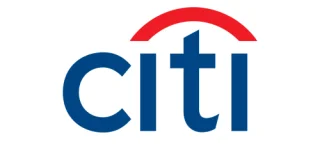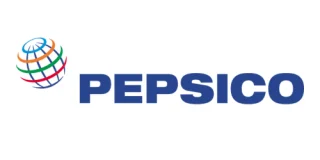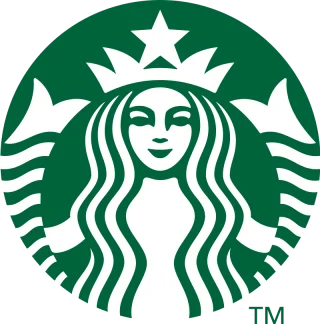Nature and biodiversity loss
The global economy depends on nature and the services it provides. Ceres supports investors and companies working to reverse nature and biodiversity loss by addressing key drivers such as deforestation, pollution, water scarcity and climate change – in a way that safeguards a healthy planet for all.

Our work with investors
Our work with companies
Our policy advocacy
Investors
Investors are increasingly aware of the threat that nature and biodiversity loss pose to communities and the economy. Ceres supports and educates investors to help them address these escalating risks within their own investment strategies and with the companies they invest in.
Nature Action 100
Nature Action 100 is a voluntary initiative for investors to engage companies in key sectors to act on the financial impacts of nature loss and biodiversity decline.
Food Emissions 50
Food Emissions 50 is a voluntary initiative for investors to engage companies in the food sector to support the business transition toward a low-carbon economy.
Food and Nature Working Group
Food and Nature Working Group is a forum for investors focused on the challenges and opportunities in building a more resilient food sector while protecting and restoring nature. It provides investors with the latest research and analysis, peer learning opportunities, and tailored discussions with industry and subject-matter experts.
Investor Action on Deforestation
Ceres supports investor action on deforestation and land conversion, including by integrating deforestation into their engagements with companies.
Companies
Companies have an economic imperative to protect and preserve the ecosystems they operate in and source from. Nature and biodiversity loss threaten a company's ability to source and produce the goods they sell, and polluting and destroying natural ecosystems also pose severe reputational risks. Ceres works with some of the largest companies to understand and reduce their impact on natural ecosystems and advocate for policies that will help protect nature and biodiversity now and for years to come. Ceres is the convener of the U.S. Consultation Group for the Taskforce for Nature-related Financial Disclosures (TNFD), an initiative that has released recommendations for companies to assess and disclose their nature-related dependencies, impacts, risks, and opportunities.
Learn How to Create a Transition Plan
Broad commitments and long-term goals for stabilizing the climate, protecting water, and conserving and restoring nature aren’t enough. The next step for investors and companies is to develop and publicly disclose a concrete plan for moving from commitment to impact.
Policy
Leading investors and companies know they need ambitious policies at all levels of government to meet their own nature commitments and ensure future economic resilience. We mobilize investors and companies—and engage with key lawmakers and regulators—to make the economic case for equitable and sustainable policies.
U.S. Farm Bill
The Climate-Smart Agriculture and Healthy Soil Working Group is made up of food and clothing companies pushing for legislative and regulatory solutions. Through the Working Group, Ceres works with companies to pass legislation that equitably invests in farmers and rural communities—including the U.S. Farm Bill.
The FOREST Act
Ceres is advocating for the FOREST (Fostering Overseas Rule of Law and Environmentally Sound Trade) Act, bipartisan federal legislation that would leverage U.S. trade policy to protect global biodiversity and the climate by restricting the importation of foreign products from land that has been illegally deforested overseas.
EU Deforestation Regulation
Under the European Union’s Regulation on Deforestation-free Products (EUDR), companies are required to eliminate deforestation and forest degradation from their EU-bound products. We assessed some of the largest global companies on their no-deforestation policies and preparedness for a rapidly changing regulatory environment.
Support our work to reverse nature and biodiversity loss
With data-driven research and expert analysis, we inspire investors and companies to advocate for market and policy solutions to address nature and biodiversity loss. Our work to accelerate the transition to a cleaner, more just, and resilient economy depends on contributions from our generous supporters.







































































































Join a Network
Our networks of investors and companies drive change and advocate for innovative policies to build a stronger economy.
Never miss an alert
Sign up for the latest news and updates from Ceres.

